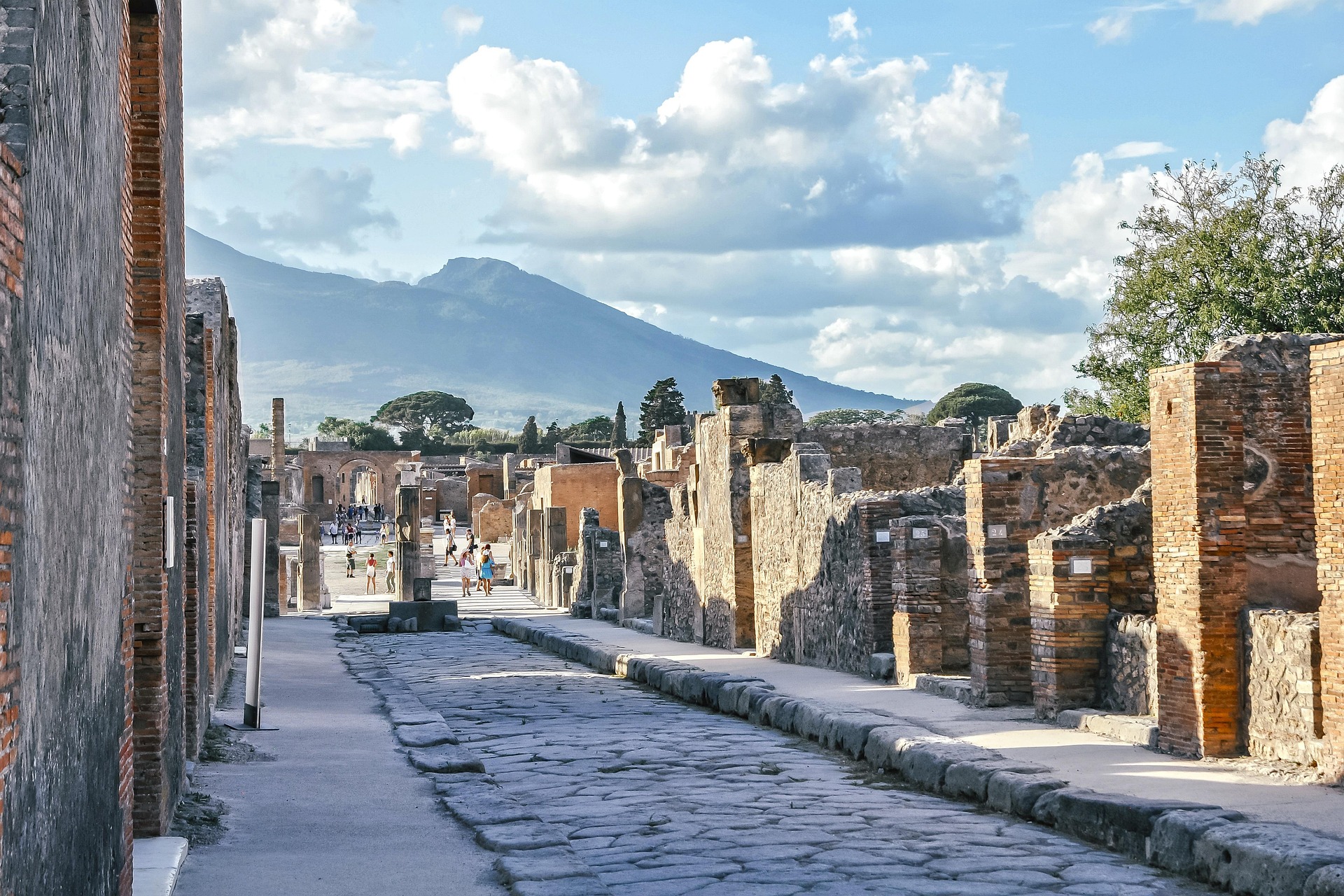Rediscovering the Art of Long-Distance Walking: An Old Trend with a New Twist
Walking is the oldest form of transportation, a practice deeply ingrained in human evolution. It's a method of transport that has largely been forgotten in the face of modern conveniences. But in recent years, there has been a resurgence of interest in this primal, immersive, and deeply rewarding form of travel. Long-distance walking, once a necessity, is now a choice—one that offers a unique perspective on the world and our place within it.

A Step Back in Time
Long before the invention of wheels, ships, or airplanes, walking was the only way to get from one place to another. Humanity’s nomadic ancestors roamed vast distances on foot, following the seasons and the herds they hunted. The ancient pilgrims, traders, and explorers covered incredible distances by walking, often crossing entire continents.
In the Middle Ages, long-distance walking became a significant part of religious practice. Pilgrimages, such as the Camino de Santiago in Spain or the Hajj in Mecca, were not just spiritual journeys but also physical and psychological challenges. These traditions remain alive today, attracting thousands of walkers every year.
Walking in the Modern World
While our modern, fast-paced world might seem incompatible with the slow, deliberate pace of walking, the trend of long-distance walking is on the rise. This resurgence is not just a reaction to the pressures of modern life but also a response to the growing awareness of the environmental impact of other forms of travel.
From the Appalachian Trail in the U.S. to the Shikoku Pilgrimage in Japan, long-distance walking paths attract a diverse range of travelers, from solitary wanderers seeking solitude to social butterflies looking for camaraderie. Each trail offers a unique experience and a different perspective on the landscape, culture, and history of the places they traverse.
The Pros and Cons of Long-Distance Walking
Long-distance walking offers numerous benefits. It’s an excellent form of exercise, it offers a chance to connect with nature, and it gives travelers a unique perspective on their surroundings. You have time to appreciate the details and nuances that you would miss in a car or plane.
However, it also has its challenges. Long-distance walking requires physical fitness and mental resilience. It can be lonely, and it can be uncomfortable. But for many, these challenges are part of the appeal. They provide a sense of achievement and a chance to test one’s limits.
Walking into the Future
With the growing awareness of the environmental impact of travel, long-distance walking offers a sustainable alternative. It’s a way to slow down, to connect with the places we visit, and to reduce our carbon footprint. The future of travel may not be faster or more convenient, but slower and more meaningful.
The Art of Walking: Tips and Facts
-
Start small: If you’re new to long-distance walking, start with shorter distances and gradually increase your mileage.
-
Gear matters: Invest in a good pair of walking shoes and a comfortable backpack.
-
Listen to your body: Rest when you need to, eat when you’re hungry, and don’t push yourself too hard.
-
Be prepared: Know the route, the weather forecast, and where you can find food and water.
-
Enjoy the journey: Remember, it’s not about the destination, but the journey.
In conclusion, the art of long-distance walking offers a unique perspective on travel. It takes us back to our roots, reminds us of our place in the world, and challenges us in unexpected ways. It’s a trend that harks back to our past, responds to our present concerns, and points the way to a more sustainable and meaningful future of travel. As the world continues to speed up, perhaps it’s time we took a step back and rediscovered the joy of a good, long walk.





